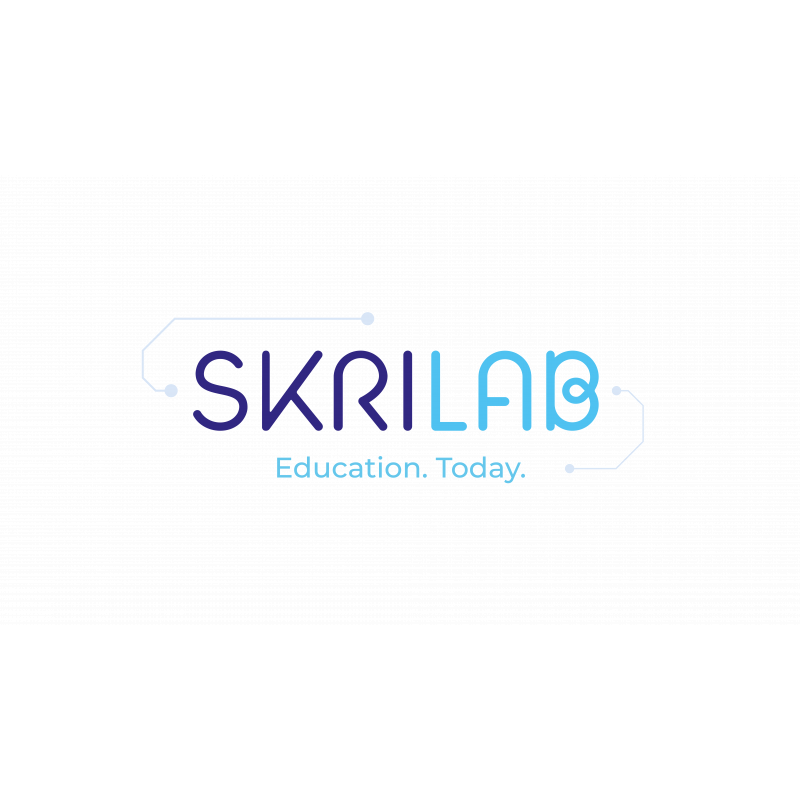Use two or more programming languages, at least one of which is textual, to solve a variety of computational problems.
Develop and apply their analytic, problem-solving, design, and computational thinking skills.
Develop the creative, technical and practical expertise needed to perform everyday tasks confidently and to participate successfully in an increasingly technological world.
Generate, develop, model and communicate their ideas through talking, drawing, templates, mock-ups and, where appropriate, information and communication technology.
Select from and use a range of tools and equipment to perform practical tasks [for example, cutting, shaping, joining and finishing].
Explore and use mechanisms [for example, levers, sliders, wheels and axles], in their products.
Develop and communicate design ideas using annotated sketches, detailed plans, 3-D and mathematical modelling, oral and digital presentations and computer-based tools.
Understand what algorithms are; how they are implemented as programs on digital devices; and that programs execute by following precise and unambiguous instructions.
Design, write and debug programs that accomplish specific goals, including controlling or simulating physical systems; solve problems by decomposing them into smaller parts.
Use sequence, selection, and repetition in programs; work with variables and various forms of input and output.
Use logical reasoning to explain how some simple algorithms work and to detect and correct errors in algorithms and programs.
Understand computer networks including the internet; how they can provide multiple services, such as the world wide web; and the opportunities they offer for communication and collaboration.
Be responsible, competent, confident and creative users of information and communication technology.
Design, use and evaluate computational abstractions that model the state and behaviour of real-world problems and physical systems.
Understand and apply the fundamental principles and concepts of computer science, including abstraction, logic, algorithms and data representation.
Understand simple Boolean logic and some of its uses in circuits and programming.
Understand the hardware and software components that make up computer systems.
Undertake creative projects that involve selecting, using, and combining multiple applications, preferably across a range of devices.
Generate, develop, model and communicate their ideas through discussion, annotated sketches, cross-sectional and exploded diagrams, prototypes, pattern pieces and computer-aided design.
Evaluate their ideas and products against their own design criteria and consider the views of others to improve their work.
Understand how key events and individuals in design and technology have helped shape the world.
Understand and use mechanical systems in their products [for example, gears, pulleys, cams, levers and linkages].
Understand and use electrical systems in their products [for example, series circuits incorporating switches, bulbs, buzzers and motors].
Identify and solve their own design problems and understand how to reformulate problems given to them.
Select from and use specialist tools, techniques, processes, equipment and machinery precisely, including computer-aided manufacture.
Investigate new and emerging technologies.
Test, evaluate and refine their ideas and products against a specification, taking into account the views of intended users and other interested groups.
Understand how more advanced mechanical systems used in their products enable changes in movement and force.
Build and apply a repertoire of knowledge, understanding and skills in order to design and make high-quality prototypes and products for a wide range of users.
Use logical reasoning to predict the behaviour of simple programs.
Use technology purposefully to create, organise, store, manipulate and retrieve digital content.
Recognise common uses of information technology beyond school.
Build structures, exploring how they can be made stronger, stiffer and more stable.
Can analyse problems in computational terms, and have repeated practical experience of writing computer programs in order to solve such problems.
Can evaluate and apply information technology, including new or unfamiliar technologies, analytically to solve problems.
Are responsible, competent, confident and creative users of information and communication technology.
Design and develop modular programs that use procedures or functions.
Apply their understanding of computing to program, monitor and control their products.
Learn to evaluate and apply information technology, including new or unfamiliar technologies, analytically to solve problems.
Understand several key algorithms that reflect computational thinking.
Apply computing and use electronics to embed intelligence in products that respond to inputs [for example, sensors], and control outputs [for example, actuators], using programmable components [for example, microcontrollers].
Develop their capability, creativity and knowledge in computer science, digital media and information technology.
Create and debug simple programs.
Can understand and apply the fundamental principles and concepts of computer science, including abstraction, logic, algorithms and data representation.




User reviews for SkriLab
You need to log in to post a review.